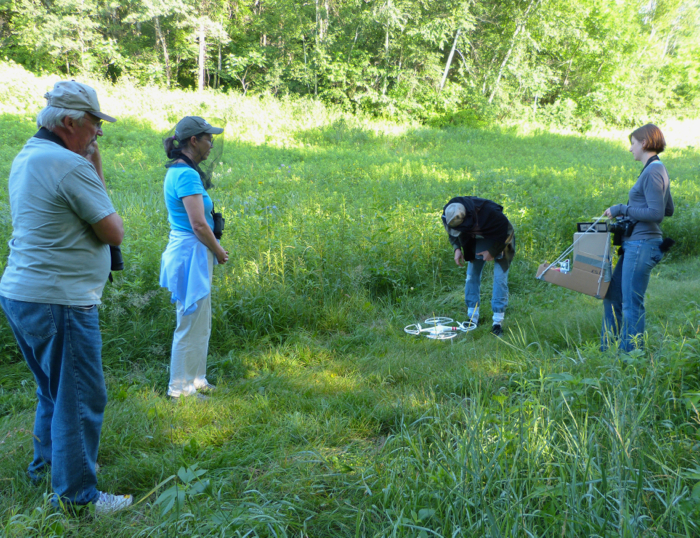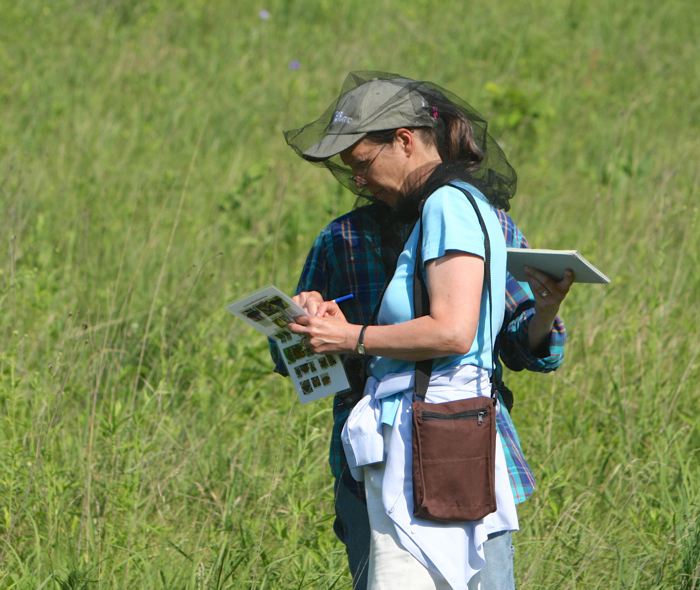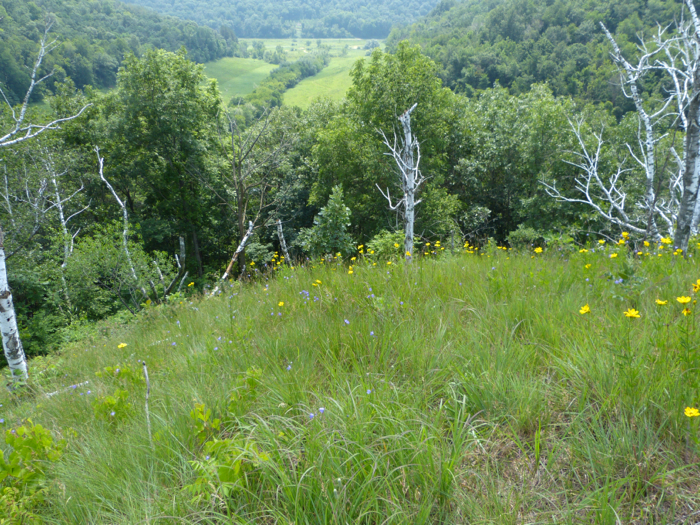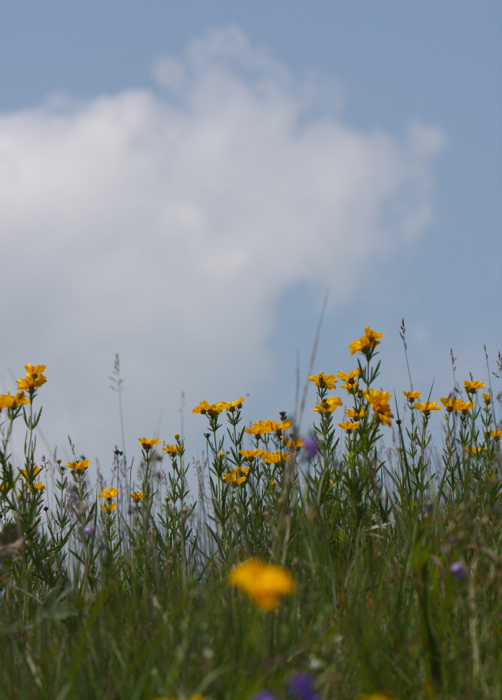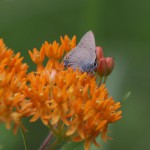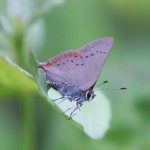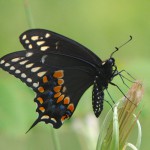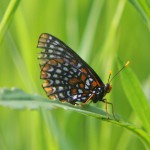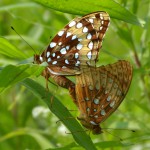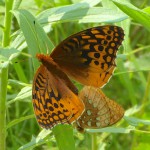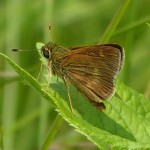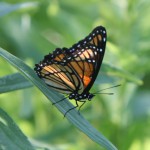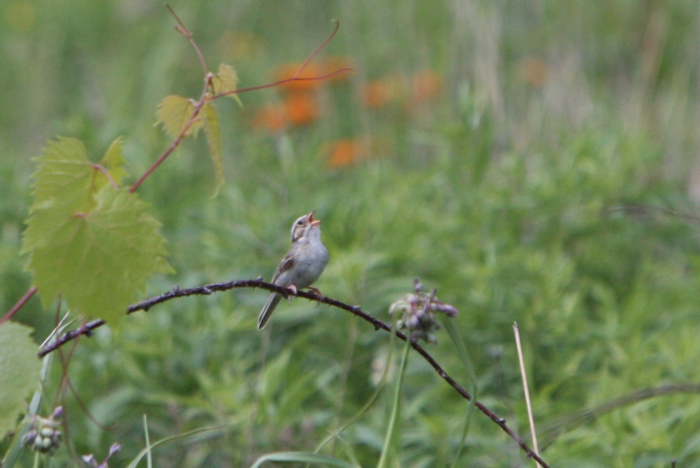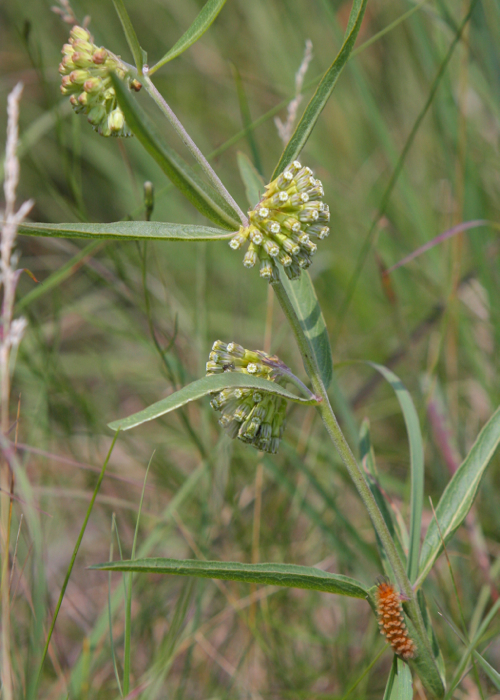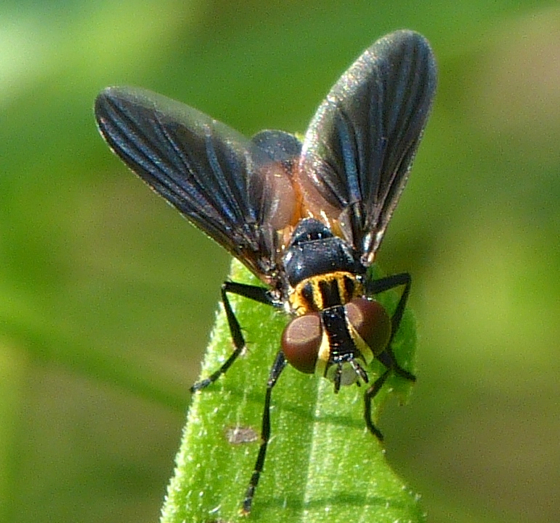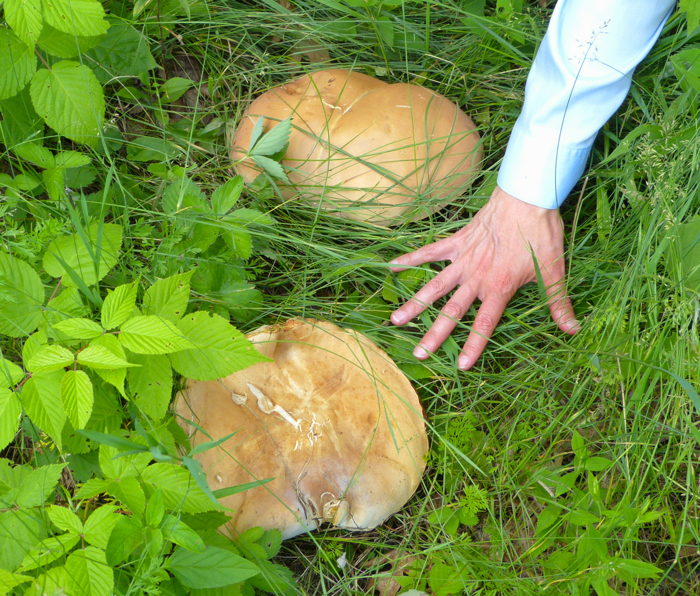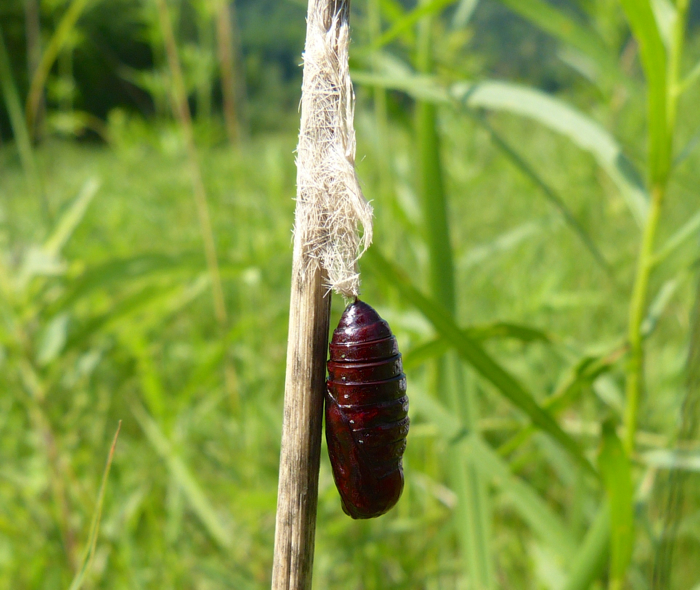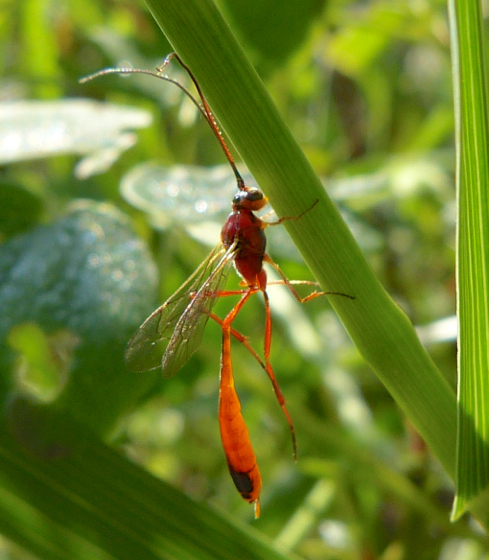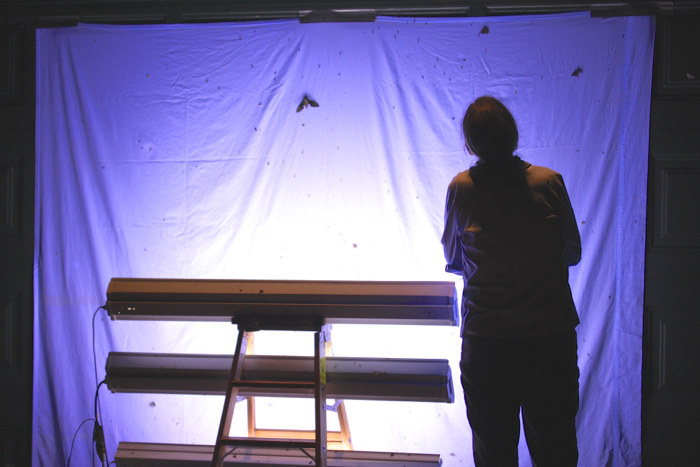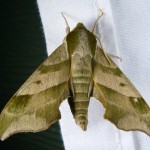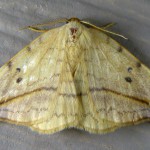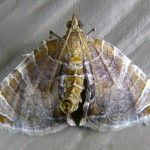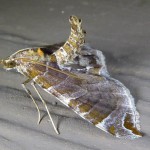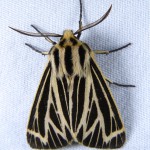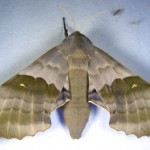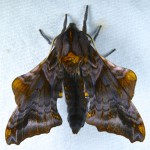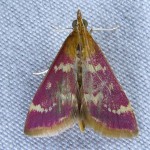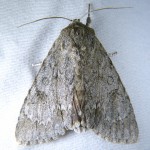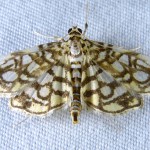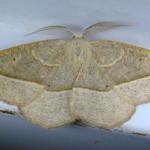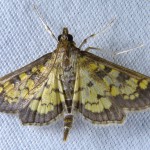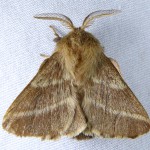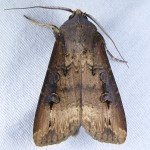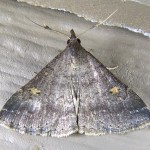It was perfect weather for a count – high of 80F, and mostly sunny. We had four counters: Me (Marcie O’Connor), Mike Reese, Karen Oberhauser, and Emilie Snell-Rood.
We saw 38 species (one less than our record), and 1164 individuals. Click here for the details.
Emilie and I both took photos. Here are a few of the highlights.
We watched Mike (O’Connor) demonstrate a short flight with his drone.
Karen in her gnat net. The problem was actually black flies – they are so bad this year that we all wore nets for protection.
Marcie
View from the top of Indian Grass Point
Prairie Coreopsis
Here are some of the butterflies – click on an image to see a larger version.
- Edwards Hairstreak
- Delaware Skipper
- Coral Hairstreak
- Black Swallowtail
- Baltimore Checkerspot
- Great Spangled Fritillaries
- Great Spangled Fritillaries
- Northern Broken-dash
- Northern Broken-dash
- Viceroy
Clay-colored Sparrow singing
Unexpected Cycnia (Cycnia inopinatus) – an unusual moth caterpillar on Green Milkweed (Asclepias viridiflora)
A pretty fly – I’ve submitted it to Bugguide to see if anyone can identify it.
Some very large fungi
This moth pupa was hanging from what looks like caterpillar hairs.
I took the pupa home, and a few days later it hatched into a wasp in the subfamily Ophioninae. Most of these wasps are internal parasites of caterpillars.
We put up the moth lights.
Here are a few of the moths we saw. (Click on a photo to see a larger version.)
- Virginia Creeper Sphinx
- Arched Hooktip
- Dimorphic Eulithis
- Dimorphic Eulithis
- Little Virgin Tiger Moth
- Modest Sphinx
- Small-eyed Sphinx
- Raspberry Pyrusta
- American Dagger
- Bog Lygropia
- Confused Eusarca
- Darker Diacme
- Eastern Tent Caterpillar Moth
- Ipsilon Dart
- Sober Renia

